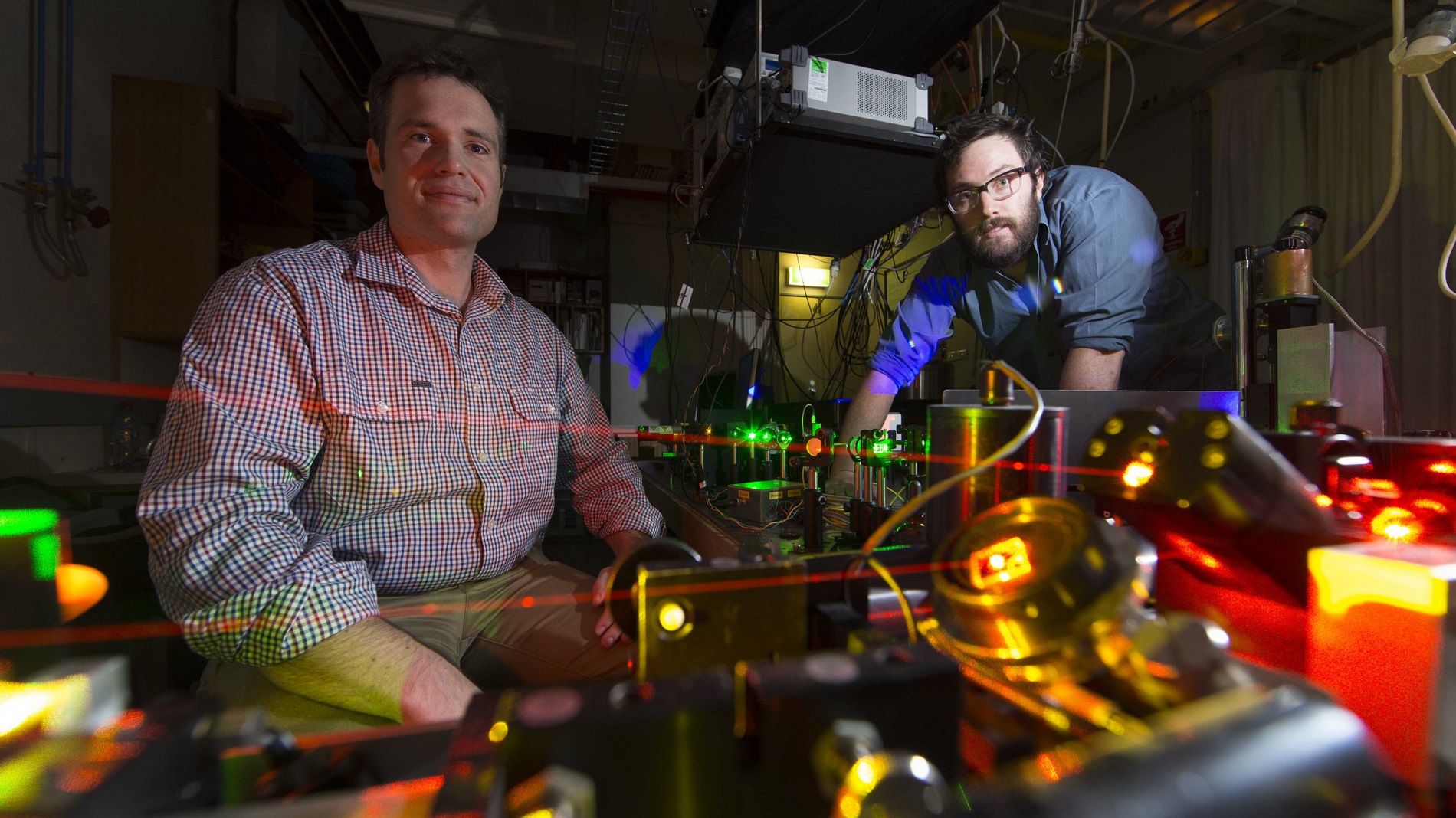8 MARCH 2017
Physicists have designed a handheld device inspired by the sonic screwdriver in Doctor Who and the tricorder in Star Trek that will use the power of MRI and mass spectrometry to perform a chemical analysis of objects.
The sonic screwdriver is a tool used in Doctor Who to scan and identify matter, among other functions, while the multi-purpose tricorder in Star Trek can provide a detailed analysis of living things.
Lead researcher Dr Marcus Doherty from ANU said the team had proven the concept of a diamond-based quantum device to perform similar functions to these science fiction tools and would now develop a prototype.
"Laboratories and hospitals will have the power to do full chemical analyses to solve complex problems with our device that they can afford and move around easily," said Dr Doherty from the ANU Research School of Physics and Engineering (RSPE).
"This device is going to enable many people to use powerful instruments like molecular MRI machines and mass spectrometers much more readily."
Dr Doherty said medical researchers could use the device to weigh and identify complex molecules such as proteins, which drive diseases, such as cancer, and cures for those diseases.
"Every great advance for microscopy has driven scientific revolution," he said.
"Our invention will help to solve many complex problems in a wide range of areas, including medical, environmental and biosecurity research."
Molecular MRI is a form of the common medical imaging technology that is capable of identifying the chemical composition of individual molecules, while mass spectrometers measure the masses within a sample.
Co-researcher Michael Barson said the device would use tiny defects in a diamond to measure the mass and chemical composition of molecules with advanced quantum techniques borrowed from atomic clocks and gravitational wave detectors.
"For the mass spectrometry, when a molecule attaches to the diamond device, its mass changes, which changes the frequency, and we measure the change in frequency using the defects in the diamond," said Mr Barson, a PhD student from RSPE.
"For the MRI, we are looking at how the magnetic fields in the molecule will influence the defects as well."
The research is published in Nano Letters.















